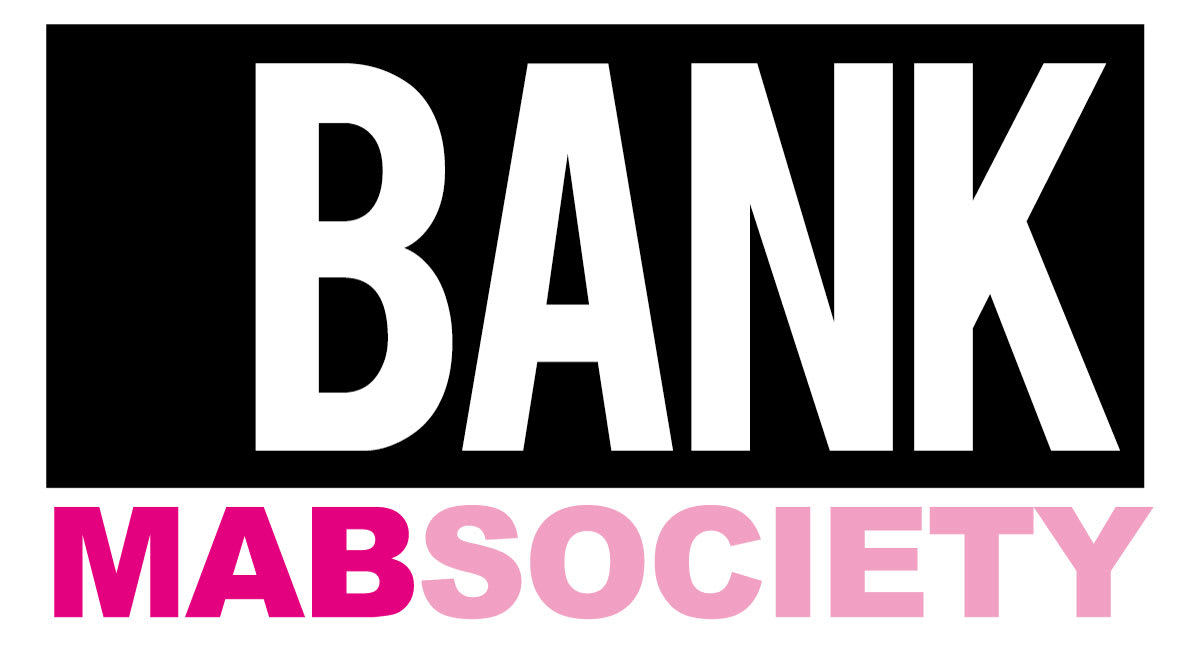"Lin Ke: ghostivity" – On the Other Side of the Technological Image
Lin Ke’s ghostly images do not seek to be decoded, nor do they point to any predetermined meaning—they refuse to become intelligible objects. Every piece of visual information within them merely summons an original viewing experience, one that has never adhered to a set framework and is inherently fraught with contradictions.
Although Lin Ke’s work is deeply intertwined with digital-age image production—computer software, screens, and the internet—his practice ultimately seeks to evoke a primordial, sensory, and bodily way of knowing the world. This is particularly evident in his solo exhibition Ghostivity (a portmanteau of "ghost" and "activity"). The show is housed in the Ho Tung Shanghai Mansion, the former residence of early 20th-century Hong Kong entrepreneur Robert Ho Tung, its nearly century-old architecture now framing the exhibition space. From the elongated grid-patterned windows of the gallery, one can take in the surrounding clusters of historic buildings. I visited on a clear afternoon, sunlight flooding through those panes, spilling elongated shadows across the floors, walls, and artworks—an interplay of time, light, and perception that felt almost like an extension of Lin’s ghostly digital meditations.
Light plays a crucial role here, as it renders the UV-printed images on nano-sponges as elusive as ghosts. The porous, fibrous structure of the nano-sponge prevents ink from forming continuous layers on its surface, instead allowing it to diffuse randomly. The scattering of light across the surface softens and blurs the edges of the images, as if they were submerged in a hazy, ever-shifting play of light and shadow. The exhibition presents a series of Lin Ke’s recent digital images and computer-generated paintings. By manipulating found imagery and the way image layers are displayed and generated on screens, he translates these ready-made visuals into expressions across different media—from aluminum panels to sponges, from framed wood mounts to unframed displays. These works essentially function as interfaces for viewing and perception. Pixelated grids are methodically arranged across these surfaces, their predominantly grayscale tones occasionally concealing faint, desaturated hues. Within this matrix, the blurred spectral images slowly develop, like apparitions coming into focus. Here, Lin Ke no longer depicts a clear, defined world, but rather an afterimage realm composed of low-resolution, amorphous phantoms.
This kind of visual play inevitably recalls the once-popular Op Art of the last century. Yet, unlike Op Art—which relied on meticulous optical design and geometric precision to achieve visual illusions—Lin Ke’s works feel more like products of chance and randomness. At times, he shifts his physical vantage point, observing images on digital screens from varying distances or angles, relying on intuition to capture and recreate the afterimages lingering on his retina. In his multi-perspective reconfiguration of Lady with an Ermine—a canonical image endlessly reproduced and disseminated—Lin Ke oscillates between "reproducibility" and "originality," between instrumental rationality and intuition, between the real and the unreal. Using diverse physical materials and interfaces, he lures viewers to the edges of the image, inviting them to perceive its unsolvable, indeterminate state.
Other series in the exhibition, such as Exceptionally Strong (2025), Mickey (2024), and Invisible Mosaic (2024), similarly embody this condition of imagery, akin to what semiotics terms the "floating signifier"—an ambiguous, non-fixed signifier that no longer appeals to stable meaning but drifts endlessly in the process of meaning-making.
Precisely for this reason, this is an exhibition that demands interaction with the viewer’s living, breathing body. It asks to be seen with the naked eye, not through the lens of a smartphone or any recording device. Because the moment one attempts to photograph the works, they instantly collapse into fixed, frozen frames—and with that, their elusive "ghostliness" vanishes. All visual signs slip back into standardized, rigidified meanings.
In this light, we might regard Lin Ke’s "ghostivity" as a metaphor for modes of seeing and mechanisms of perception: through exploring the indeterminacy of images and the subjective construction of vision, he reflects on how contemporary digital technology, snapshot culture, and social media discipline both images and viewers. On this point, Jonathan Crary posed a similar inquiry as early as the 1990s: When all vision is technologized and abstracted, can we still access that primal, embodied experience of seeing? In Techniques of the Observer: On Vision and Modernity in the Nineteenth Century (1990), Crary pioneered an examination of shifting visual experiences within the trajectory of modernity, interrogating how the observer is shaped by history, technology, and systems of knowledge—and in turn becomes a detached subject reliant on technological mediation. He emphasized the bodily and irrational dimensions of the visual subject, arguing that modern vision is produced by deeper mechanisms rather than being a natural instinct. Lin Ke, for his part, leverages his engagement with digital tools and physical materials to prompt a reclamation of corporeal, naked-eye perception—a fluid, mutable visual experience irreducible to digital quantification. His ghostly images do not seek to be decoded; they point to no fixed meaning and refuse to become intelligible objects. Every visual element exists solely to summon an original mode of seeing—one unbound by conventions, inherently paradoxical. Here, the act of viewing becomes a rebellion against the tyranny of legibility, a momentary retrieval of vision before it was standardized by algorithms and interfaces.


